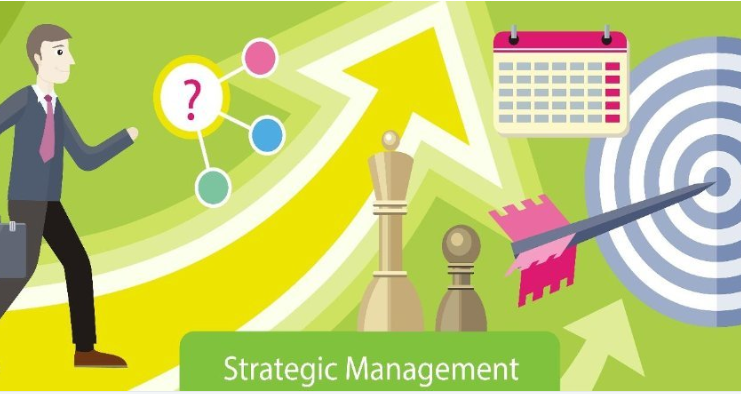What is business agility?

Agility involves adopting a new mindset and a new way of thinking.
How Are Projects, Programs, and Portfolios Different?

As a certified project manager and portfolio manager, I am often asked, what is the difference between project, program and portfolio management? The way I explained it is to use the metaphor of a musical concert series, and it goes like this. If you are a fan of opera, orchestra music or love a Jazz […]
Building a Positive Work Environment

“You can’t just give someone a creativity injection. You have to create an environment for curiosity and a way to encourage people and get the best out of them” (Ken Robinson, n.d.). In other words, building a positive work environment is key. Different musical organizations have a different vision and purpose. For instance, an orchestra often performs […]
5 Secrets for Strategic Growth

Have you ever gone to a concert and heard a band that you didn’t know performing one of your favorite songs? All the notes are correct, and the singers are singing in tune, but the performance is just okay, it does not move you. Then, you go and hear the same song from a different […]
3 Sure Fire Tactics To Align Culture With Strategy To Support Your Changing Business

As a kid, my family loved taking trips to see extended family and friends and more than a few were trips out of state. Growing up in central Florida meant spending lots of time on the road. One thing I remember my father doing, before these trips, was to get the car aligned. I learned […]

